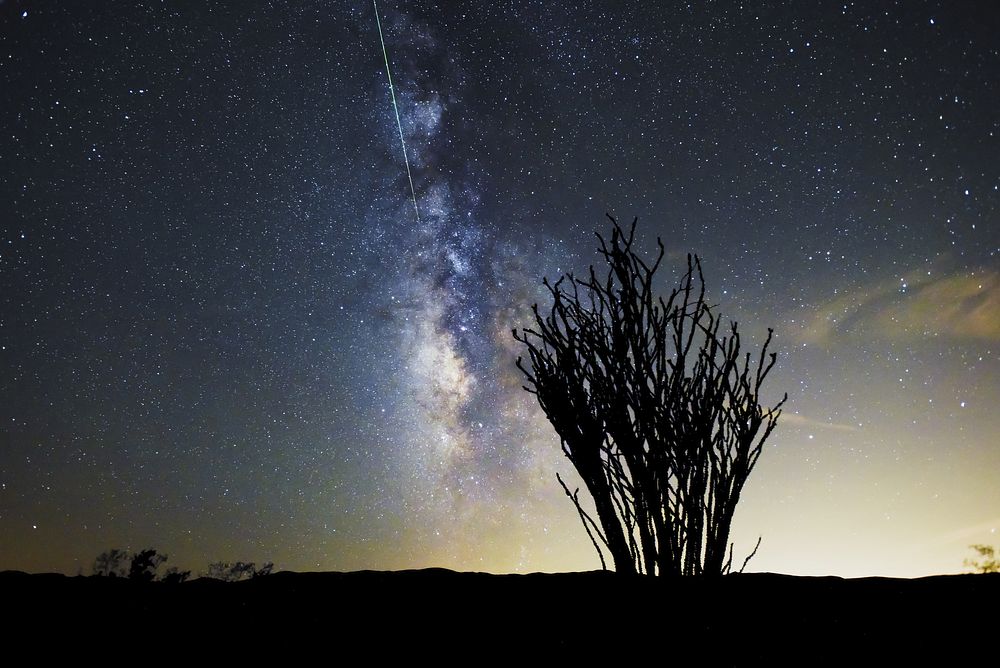Every year millions of curious people and astronomy’s lovers await the night of the “shooting stars”.
In realty it’s the night of the Perseid Meteor Shower, this years the peak is expected in the 12/13 of August. They are a permanent swarm of meteorites that our Earth meets in these days of the years.
The comet 109P/Swift-Tuttle produced these debris that in our atmosphere are heated and destroyed thanks to the friction with the gases.

At each passage near the Sun, the comet releases a large number of solid debris along its orbit, with various dimensions, in some cases they can also reach those of a rock. These materials are distributed in the interplanetary space to form filaments of great extension and non-homogeneous density, which remain in orbit where they were released.
The Perseids can be observed well with the naked eye, without binoculars or telescopes, as long as you are in an area as far away as possible from city lights and the horizon towards the north-east is clear, between 3:00 and 4:00 a.m.. The artificial bright sky can hide the phenomenon.
The Perseids, as well as the other cometary swarms, that often occur during the year, constitute a spatial perturbation studied by space meteorology, because these astronomical phenomena can have an impact on space activities and on the functionality of space systems.
www.media.inaf.it/2021/08/09/perseidi-stelle-cadenti/
https://apod.nasa.gov/apod/ap230809.html





